Quantitative representation of floral colors

Authors:
Human and insect pollinator perceived floral colors of 81 species of angiosperms (flowering plants) from Trivandrum (Kerala, India) was represented using the CIE 1976 L*a*b* color space and color hexagon, respectively. The floral color difference among human perceived red, yellow, and blue‐hued flowers and that of each flower from its respective pure hue was calculated using the CIE ΔE 2000 formula. Human perceived floral color difference values were consistently higher than 3.5, indicating the uniqueness of floral colors. Flowers perceived red and yellow by humans were dominant and of comparable proportions. Insect pollinators perceive most of the flowers as blue‐green. Quantitative representation of human and pollinator perceived floral colors would be invaluable to understand the information broadcasted by flowers. It can form the basis of flower grading in the floriculture industry and underpin objectivity in evolving the framework for national pollinator strategies.
